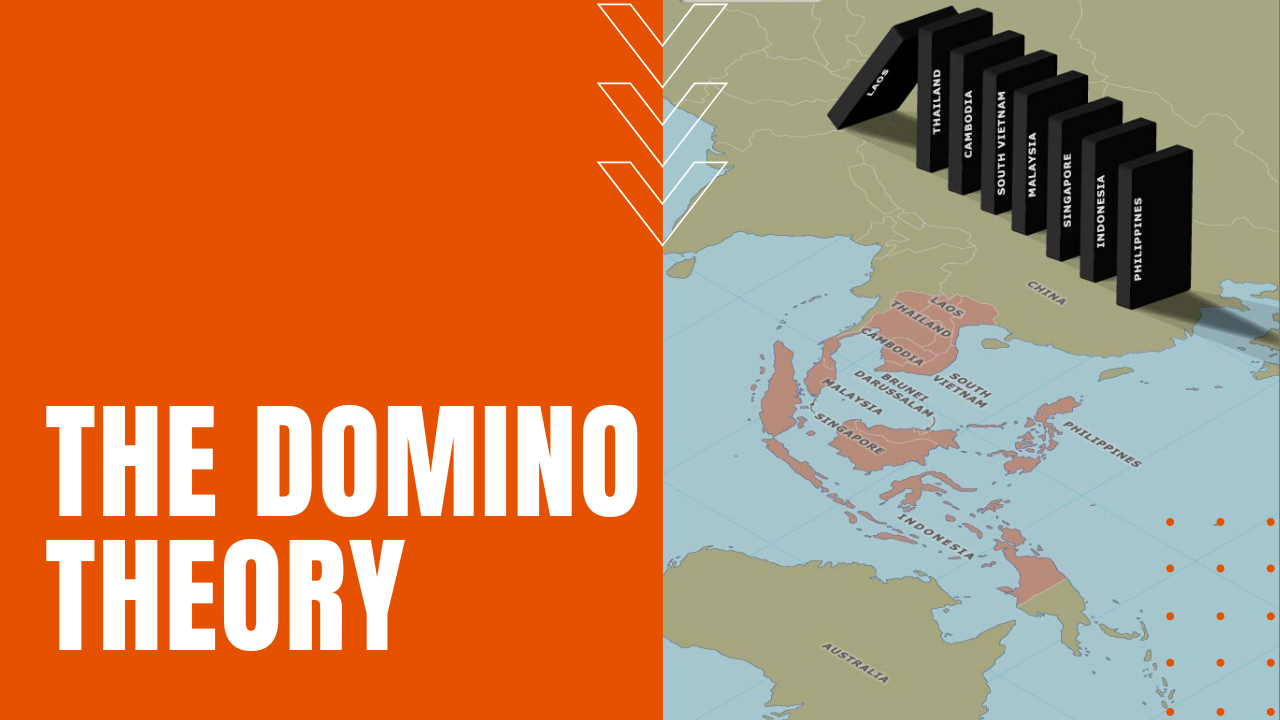Domino Theory: Cold War Misconception About Communism’s Spread

Considered the primary impetus behind the Vietnam War, the domino theory was a Cold War misperception that when one nation embraced communist doctrine, then neighboring nations would succumb to the same fate, like dominos falling in a row.
The theory gained increasing importance as war in Southeast Asia escalated from one American presidency to the next, resulting in a protracted, costly war for all sides involved. In September of 1945, Vietnamese nationalist leader Ho Chi Minh proclaimed independence from France, igniting a war between Minh’s communist Viet Minh regime in North Vietnam against the French-backed regime in the south.
Truman Blocks Communist Domino
Under the Truman Administration, the U.S. government infused covert military and financial aid to the French-backed ARVN or Army of the Republic of Vietnam, under the rationale that a Ho Chi Minh victory would spread communism throughout Southeast Asia.
The domino theory became so well engrained amongst American leaders, that The National Security Council highlighted the theory in a 1952 report on Indochina, while Truman invoked the same rationale when the U.S. funneled covert aid to Greece and Turkey in the late 1940s, in an attempt to curb the spread of communism in Europe and the Middle East.
After President Dwight D. Eisenhower referenced the term domino theory in a speech, the phrase became a shorthand for the importance of driving communism out of Indochina, as well as the need for similar vigilance in other communist hotspots around the world. The Vietnam War would continue to escalate until the Nixon Administration and the fall of Saigon in 1975, which in turn debunked the domino theory when communism failed to spread throughout Indochina as western leaders had originally feared. With the exception of Laos and Cambodia, the remaining nations of Southeast Asia remained outside the whelm and spread of communism.
